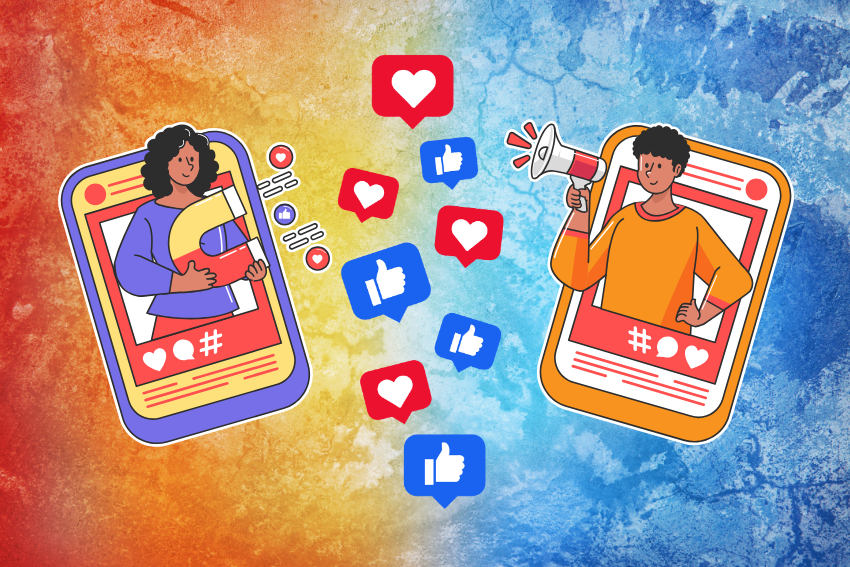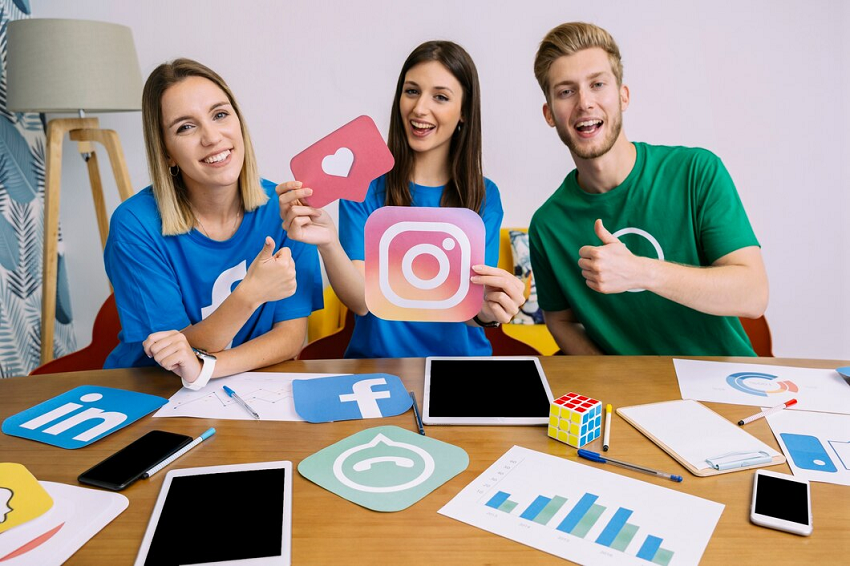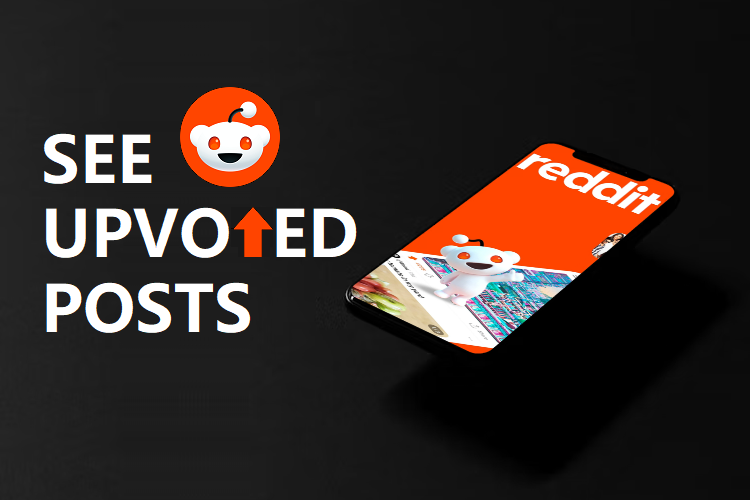Organic vs Paid social media has become a debate nowadays. People want to know which one is better so that they implement one in their business. However, a fact is both of these strategies help a business to flourish and also bring success.
So, organic social media advertises a business without any payments. You can run your content and ads for free. But, this content needs to be good so that it keeps the visitors engaged.
On the other hand, paid social media promotes businesses on different sites with payments. This is not free and for different sites, the payment amount differs.
So, you will find many differences between organic vs paid social media. You must know about these differences so that you can make the best use of them.
Even experts in this industry also suggest learning about the differences first and after that one can implement them. They also suggest to mix them and use a hybrid strategy for better results.
So, want to learn more? Here I will share 10 major differences between organic vs paid social media. You will also learn here 7 tips for strong hybrid strategies. So, let’s begin this blog with the definition of organic social media strategy.
What is an Organic Social Media Strategy?
An organic social media strategy is a method that promotes a business without any payments for the ads. It shares free content that your target audience loves the most. So, through this strategy, you can build relationships with your potential clients and also keep them engaged for a long time.
Organic social media helps to build real connections with your followers. They will start to trust your business and they will become your loyal followers. They will share your brand with others which help you to increase your sales.
You may encounter some challenges with organic social media. Here, the success of your ads depends on how your content fits with the social media algorithm. Doesn’t it sound familiar? Well, if your content doesn’t relate to your target audience, then you won’t achieve your expected outcome.
So, organic social media doesn’t cost a penny at all. However, it needs effort, patience, and time. You have to work hard and change your content pattern according to the trends. But, remember it is the easiest way to build a connection with your target audience without any money and also helps in your business growth.
What is a Paid Social Media Strategy?
A paid social media strategy is an approach that advertises businesses on different media sites. Here, different sites mean Facebook, Twitter, Instagram, and LinkedIn to reach specific audiences. As we know each platform is different than others and has unique features, so you must create ads differently based on your needs.
Paid ads mostly include pay-per-click options and sponsored posts and sometimes it can be the content that is created by influencers. So, to make its best use, you must begin with clear goals. Set a budget then and track where you spend and paid ads charge a pretty high amount sometimes.
But, you will get your expected result with paid social media. You cna also gain visibility and attract more new customers with it. So, experts suggest that this is the best way to promote your brand and share new products.
10 Key Differences Between Paid and Organic Social Media

Most companies use two main strategies to promote their business and connect with their audiences. So, these main two strategies are: paid and organic social media. They work differently than each other.
If you are planning to implement one, then you must know the differences between organic vs paid social media. So, here I will share 10 key differences that you must know. So, the differences are:
What They Are
Well, you must know about organic and paid social media first. So, when you share your content without any payment for promotions is known as organic social media. Again, you pay money on different social sites for ads that show up on people’s feeds is known as paid social media.
Cost
So, the second major difference between them is their cost. Well, organic social media is usually free which means you don’t have to pay here. You can post content free, but you must create good posts On the other hand, paid social media requires a budget. You need to pay for ads, which can add up quickly.
Reach
The reach of organic social media is limited to your current followers. Your posts mostly go to people who already know your brand. Paid social media, however, lets you reach a larger audience.
Targeting the Audience
With organic social media, you engage with your existing followers only. Again, paid social media helps by attracting more of the target audience’s attention. You can ensure that your ads reach the people who are interested in your products.
Measuring Success
Measuring success in organic social media takes work. It is quite challenging to find out about your posts’ lead to sales and also about engagement. But, this is not the same case for paid social media. Here, you will get a clear picture of your success. You can simply track how many people saw your ads and how many took action.
Authenticity
Organic posts feel more authentic. They help build a personal connection with your audience by building credibility. Again, paid social media can sometimes feel artificial as they appear ad sponsored content on people’s feeds.
Long-Term vs. Short-Term Benefits
Well, organic social media focuses on long-term goals which means it takes time to get the expected result. Here, the goal is to build a better relationship with your target audience so they trust you.
On the other hand, paid social media focuses on short-term benefits. Here the benefits mean quick sales and leads.
Speed of Results
Organic social media takes time to show results. Growing your audience and getting engagement happens slowly. Paid social media delivers fast results. You can quickly reach many people and see immediate impacts.
Control Over Content
When you use organic social media, you have full control over what you post. You can share whatever reflects your brand best. With paid social media, you must follow platform rules, which can limit your creative options.
Engagement with the Audience
Organic social media focuses on producing quality content to connect with your audience. It helps to gain genuine interactions for your business. Paid social media focuses on promoting content to increase visibility. However, engagement may feel less authentic because it is driven by paid ads.
Also Read – What is Social Media App Banality of Life?
7 Tips for A Strong Hybrid (Paid and Organic) Strategy
Here I will share 7 tips for a strong hybrid (paid and organic) strategy. So, the strategies are:
Boost your top organic posts
With the help of a hybrid strategy which means you combine organic and paid strategy, you can easily improve your position. Experts suggest that you can easily increase the reach of an organic post with paid ads. So, by boosting good and successful posts, you can achieve better outcomes.
Run A/B tests
A/B testing is an easy method to find out the ways that work best for your audience. To do that, you can run the two versions of the same posts and find out which one is doing better.
Check the engagement here and then define one way that fits the most here. It helps you to develop both organic and paid content over time. If the engagement is increased it means your future post will also perform better.
Let Your Best Posts Promote Themselves
A study shows that a good post performs the best organically. So, if your post is doing well organically then try paid ads on the same post to promote it. You will see that it will bring results that you have expected.
You shouldn’t spend on every post as lots of paid ads charge a lot. So, focus on the good post only that your target audience has loved the most. Remember, when you promote a good post through paid ads, you can reach to more people and your content will appear on top of people’s feeds.
Choose The Right Platform
While implementing organic and paid strategy, you will find many platforms and you can’t choose every platform. You must choose the right platform that works best with you.
Each platform works differently and go for the platform that works with you. So, if you are targeting professionals, LinkedIn works best. For visual content, try Instagram or TikTok.
Stay on-Trend
Trends come and change very fast and businesses, must stay on the trends and keep their content relevant. For organic and paid ads, you must include new features as every social media includes new features.
By implementing new features such as adding songs on Instagram and Facebook stories or taking any challenge on TikTok, etc. can increase your reach. Through this, you can keep your content fresh and engaging.
Use Retargeting Ads to Stay Connected to Your Organic Audience
This may sound hard but retargeting ads is the easiest way to reach your people who are already engaged with your content. Sometimes it happens many times that people see a post and react to the post but they don’t act.
So, by retargeting the ads you can easily remind them of your brand and products. It helps you to turn your reactors into customers.
Track and Optimize
You must track and monitor your content performance and results regularly. To do that, you can simply use Google Analytics or social media insights so that you can find your posts on top. If it is needed you can adjust your approach and improve both paid and organic efforts.
How Brands Successfully Use Paid and Organic Social Media Strategies?
There are many paid and organic social strategies that brands use for success. Here, I will share the top 4 best ways that you can follow for your business.
So, the best strategies are:
Try Paid and Organic Social Media Together
Experts mostly suggest mixing paid and organic social media together for better results. This is what many successful brands use to bring success and reach their audience.
You should try organic social media by posting organic content first. It helps to build a community where you will find helpful tips and positive messages. Through this, you can easily make connections with more people.
You should also try paid ads after that for better visuals. It showcases how a service can make things better.
Building a Community
For brands, it is very important to build community. Most companies create content and grab attention by combining humor, social proof, and special offers in their ads, So, you must focus on community-building with valuable content that helps build trust and loyalty among followers.
Smart Audience Targeting
Good audience targeting is essential for success. Brands use tools to learn more about their customers, which helps them improve their strategies. This understanding allows them to spend their advertising budgets wisely, reaching the right people while keeping costs low.
Being Flexible and Creative
Brands need to stay flexible and creative with their social media strategies. Since social platforms are always changing, it’s important to be open to new ideas. Clear communication, transparency, and regular testing help brands stay ahead of the competition and quickly adapt to trends.
Wrapping Up
In the end, it is clear that you must understand the differences between organic vs paid social media strategies. It helps you to achieve your business goals by implementing the right organic social media strategy.
However, using one strategy is not a wise move. So, you must mix both approaches together which is known as a hybrid strategy to gain your goals. They together enhance your brand’s visibility and strengthen social media engagement with your audience.
You should not choose one strategy for the expected outcome. Be flexible, keep your content up-to-date, and regularly check your performance to improve your efforts.






